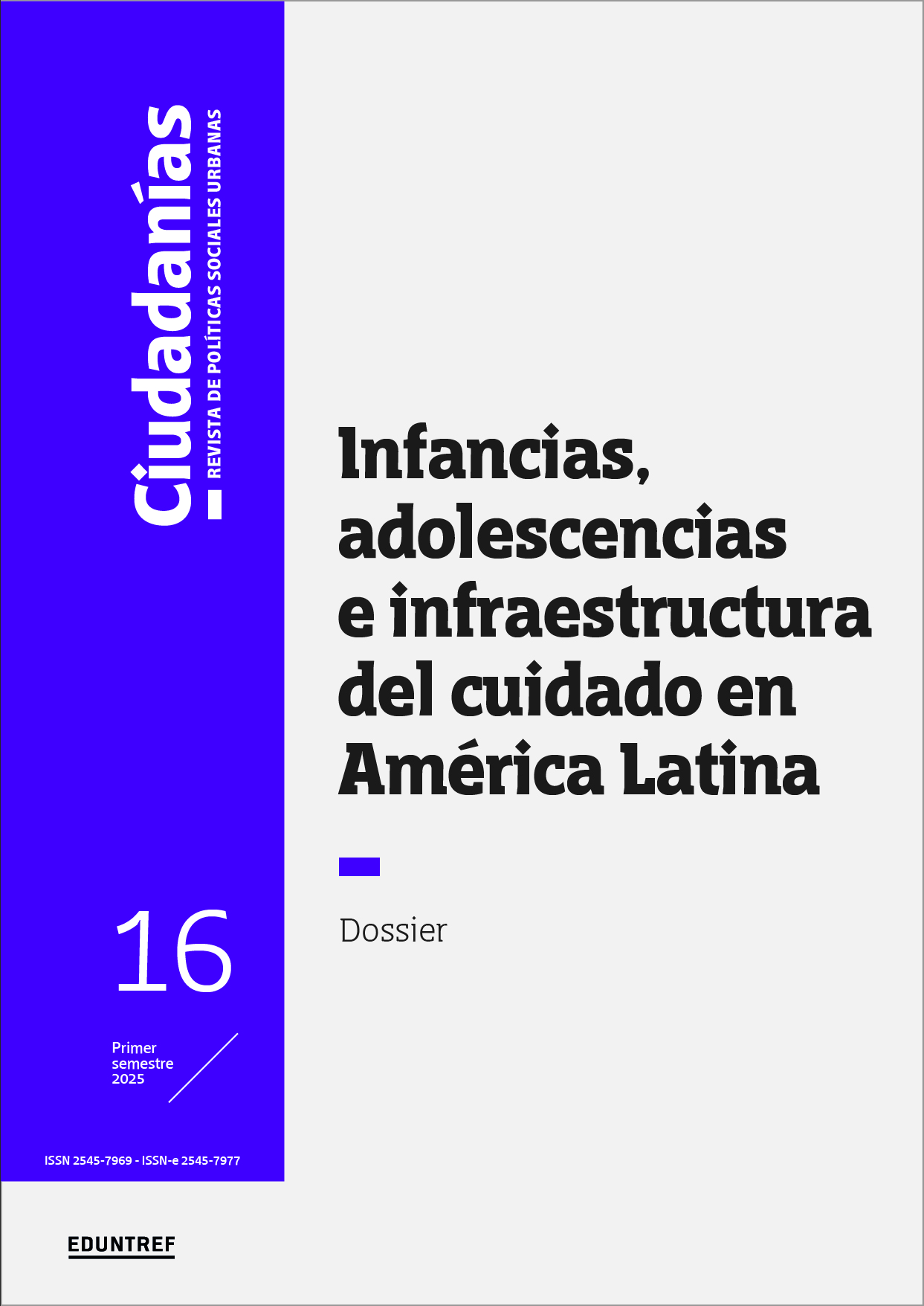Abstract
In Argentina, the enactment of Law 25.673 in 2002 marked a milestone in the recognition of sexual and (non-)reproductive rights. Since then, the legal framework has expanded within a context marked by tensions between the State, the Catholic Church, and the women's social movement. Through a mixed-methods approach that combined documentary analysis with the calculation of fertility indicators, fertility levels were found to remain stable until 2014, followed by a steady decline, reaching below-replacement levels in 2018. This decline was strongly associated with a significant reduction in adolescent fertility. These changes took place in a context of progress, advocacy, and the expansion of rights, where public policies implemented by the State had a significant sociodemographic impact.

